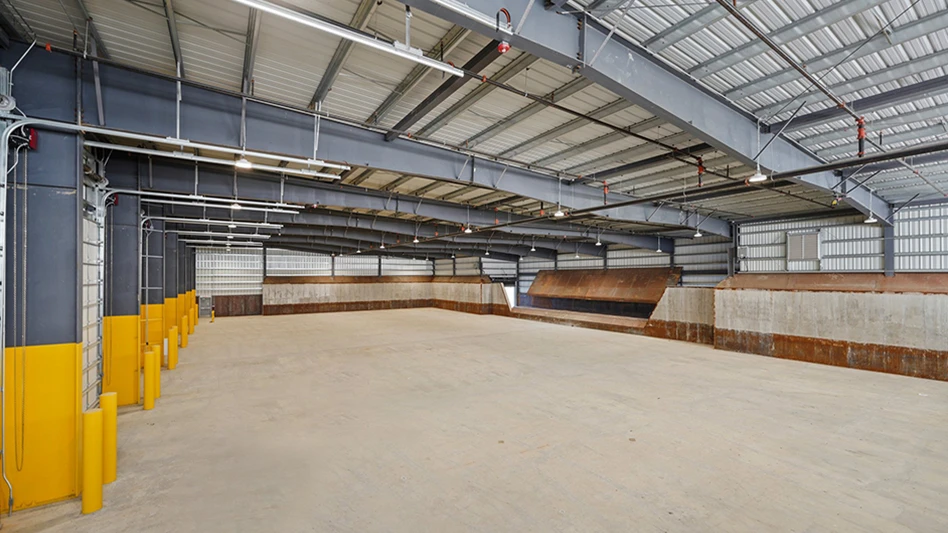|
|
Most people in the solid waste industry would probably admit that they did not set out at an early age to become professionals dedicated to handling what other people have discarded. Granted, there may be a few children who found the garbage truck a fascinating vehicle and the landfill an intriguing place and followed their dream, but it is not likely a high percentage. Similarly, of the thousands of college students who set out to earn journalism degrees each year, it is probably a small percentage that envisioned themselves working for a trade publication that focuses on solid waste and its recycling or disposal. But at least one panelist at a recent roundtable discussion at the 2012 Wastecon event said those of us in this industry (or writing about it) are on an enviable perch. “I’ve never seen a more exciting time in our industry,” stated Steve Viny of Envision Holdings, Cleveland. “If you’re not doing something cool in the solid waste industry, this world is passing you by,” he added. Viny, who was part of the “Game Changers” panel at the 2012 Solid Waste Association of North America (SWANA) Wastecon event, prefaced his remarks by saying he was a 32-year member of SWANA, so his is a veteran’s perspective that nonetheless includes considerable enthusiasm. Viny was not the only “Game Changers” panelist who pointed to the present and near future as a pivotal time for the waste and recycling industries. Panelists pointed to strong market values for recyclables, the request for landfill diversion from corporations and communities and technological advances as all contributing to a “waste as a resource” phenomenon that has gained momentum. Regarding recycling, Olivia Williams of HDR Engineering, Bellevue, Wash., said, “Compared to 1996, it’s not being driven by regulations anymore. It’s driven by demand. People want to be sustainable.” (For more coverage of the 2012 SWANA Wastecon event, be sure to read “Starting Blocks” starting on page 42 of this issue.) The notion that money is being invested in demonstration projects, pilot projects and full-scale projects to pioneer new ways to recycle materials or convert waste to energy—even when lenders are tight-fisted with their cash—is difficult to escape when attending a conference or event focusing on energy-from-waste. As John May of Stern Bros. & Co. noted in the Renewable Energy from Waste Roundtable earlier this year, project financing may not be happening fast enough for those involved, but capital is starting to find a home in the waste-to-energy sector. Perhaps I should admit that, like most journalism students, I had hoped to be writing about the World Series or presidential campaigns. But as Steve Viny suggested, if I’m not finding exciting things to write about in this sector, the world is passing me by. |
Get curated news on YOUR industry.
Enter your email to receive our newsletters.Latest from Waste Today
- ReMA board to consider changes to residential dual-, single-stream MRF specifications
- Miller Environmental Group Inc. appoints CEO
- DPI acquires Concept Plastics Co.
- Laurel Mountain Capital announces investment in 5280 Waste Solutions
- Cielo investor requests annual meeting
- WIH Resource Group celebrates 20th anniversary
- NWRA: NIOSH cuts a step in the wrong direction
- Valicor Environmental services acquires Affordable Waste Management







